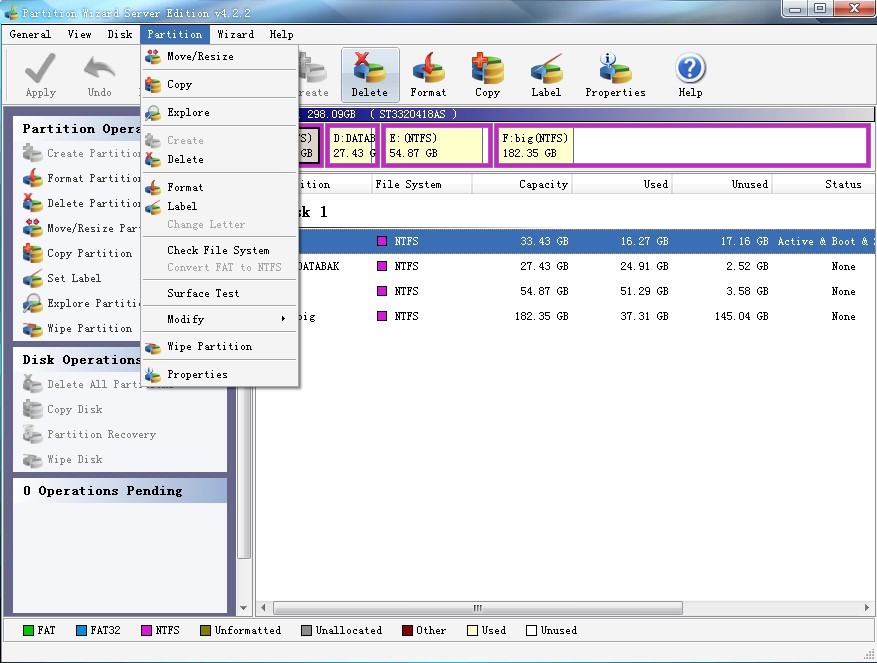

Then the operating system consults the partition table to understand the provisions of the partitions and where to write certain data and files. When users employ partition management tools to create, delete, or otherwise manipulate partitions within a storage device, the partition table records the size, location, and nature of each partition. This process works by using a partition table.

While the mechanics of partition management depend in part on what tools IT professionals use, the outcome is the same-operating and file systems will treat the different areas on secondary storage you create as if they are their own devices. Partition management is the process of undertaking disk partitioning. By knowing the ins and outs of this kind of software, MSPs can help their teams and customers avoid some of the most common issues that arise in disorganized, non-partitioned secondary storage devices. To put partition management tools to good use for your customer’s business (or your own), it’s important to familiarize yourself with how they work and to fully understand how they can benefit you. From the free Windows partition manager to commercial options offered by software companies, these tools-known collectively as partition management tools-make it easier for IT professionals to get the most out of secondary storage.

This allows IT professionals to better utilize the entire space available on an HDD, SSD, or other storage device.įor users interested in disk partitioning, several tools are available-paid and unpaid-that allow you to create, delete, shrink, expand, split, and merge partitions on your storage devices. Instead of functioning as an undivided whole, disk partitioning allows users to divide secondary storage resources into separate areas. While there are many strategies to optimize the use of storage resources, disk partitioning is a particularly popular and efficient method. Whether you’re looking to better manage your own storage or improve the storage strategies of your clients, managed services providers (MSPs) should consider how partition managing can help them effectively provision storage resources. From traditional hard drives to solid-state drives, companies need to get their money’s worth out of their storage hardware. Storage space is a mission-critical asset for businesses today.


 0 kommentar(er)
0 kommentar(er)
